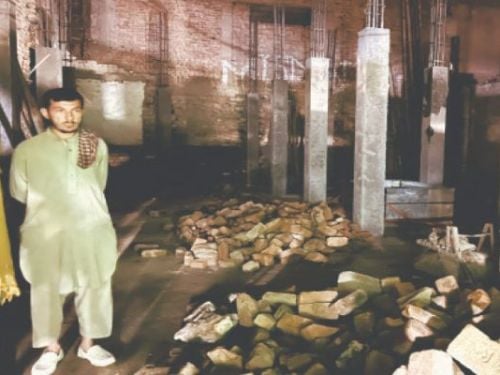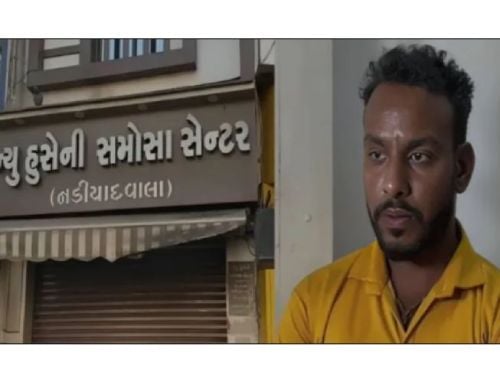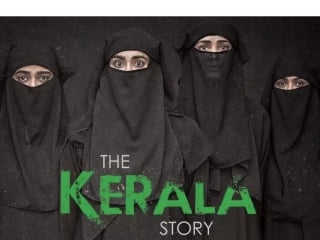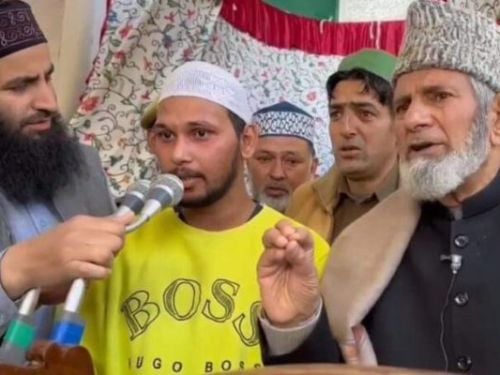Shravan Shuklapaksha 3, Kaliyug Varsha 5116

-
Indigenous breeds are well-known for their tolerance to heat and extreme climactic conditions
-
Cow sanctuaries will be set up in villages under Rashtriya Gokul mission
New Delhi : Towards fulfilling the Bharatiya Janata Party’s poll promise to protect the cow and its progeny, the Government on Monday announced the Rashtriya Gokul Mission to protect the ‘indigenous’ breeds. To kick-off the scheme, which will be implemented by the States, a meeting of Animal Husbandry Ministers from all States will be held on September 16 to work out the modalities, Agriculture Minister Radha Mohan Singh said at a press conference here.
The Government has kept aside ₹500 crore for the mission out of the ₹1,200 crore allocated for cattle and dairy development during the 12th Plan. Of this, 150 crore will be spent this fiscal.
Modalities
Singh said cow breeding was the lifeline of agriculture and the indigenous breeds, which form 83 per cent of the total cow cattle, were well-known for their tolerance to heat and extreme climactic conditions, compared with foreign breeds.
“To protect indigenous breeds, such as Punganur, Vechur and Krishna Valley, the Government plans to set up ‘Gokul Grams” (cow sanctuaries), for which public-private partnerships as well as NGOs will be involved,” he added.
He said these ‘Gokul Grams’ will have about a minimum of 1,000 cows, of which 40 per cent will be ‘unproductive’ cows and 60 per cent milch animals. The mission will be implemented via state implementing agencies (SIAs). Under the mission, Gokul Grams will be set up near native breeding tracts and near metropolitan cities housing urban cattles.
“The dung and urine of unproductive cows will be used to produce biogas, manure and urine-based medicines,” the Minister said.
Milk output
When asked about plans for quality fodder to raise milk productivity, the Minister said the ₹50 crore left unutilised by the UPA Government would be used for the purpose.
Under the Gokul Mission, farmers who perform well will be awarded ‘Gopal Ratna’ and breeder societies or ‘Gopalan Sanghs’ will be given the ‘Kamadhenu’ awards.
Cross-breeding
According to an Agriculture Ministry official, there are about 37 better known indigenous breeds as of now, but some of these face extinction due to rampant cross-breeding.
Some of the indigenous breeds identified as having the potential for becoming high-yielding are Sahiwal in Punjab, Rathi and Tharparkar in Rajasthan and Gir and Kankrej in Gujarat.
To give direction to the Mission, a national-level body will soon be constituted, headed by the Agriculture Minister.
Drought reports
Commenting on the monsoon situation in the country, Agriculture Minister Radha Mohan Singh said the Centre had not got any report from any State as of now.
“If and when we get such reports or requests for help, the funds are there,” he said in reaction to reports that the Maharashtra Cabinet was meeting on Tuesday to take a call on compensating farmers in rain-deficient areas of the State.
“The weathers’ mood is good, so our (country’s) health will also be fine,” the Minister added.
Source: The Hindu Business Line

 Andhra Pradesh: Farooq kills mentally challenged Hindu man for insurance money
Andhra Pradesh: Farooq kills mentally challenged Hindu man for insurance money Pakistan: Ancient Hindu temple in Khyber Pakhtunkhwa demolished for commercial complex
Pakistan: Ancient Hindu temple in Khyber Pakhtunkhwa demolished for commercial complex Bihar: Goddess Bhagavati Temple in Araria vandalised and deities damaged
Bihar: Goddess Bhagavati Temple in Araria vandalised and deities damaged Vadodara: Beef supplier Imran Qureshi arrested in beef-stuffed samosa case
Vadodara: Beef supplier Imran Qureshi arrested in beef-stuffed samosa case After Idukki diocese, Syro Malabar Catholic Church’s Thamarassery diocese screens ‘The Kerala Story’
After Idukki diocese, Syro Malabar Catholic Church’s Thamarassery diocese screens ‘The Kerala Story’ Srinagar: Hindu youth coerced into converting to Islam and made to read Kalma
Srinagar: Hindu youth coerced into converting to Islam and made to read Kalma